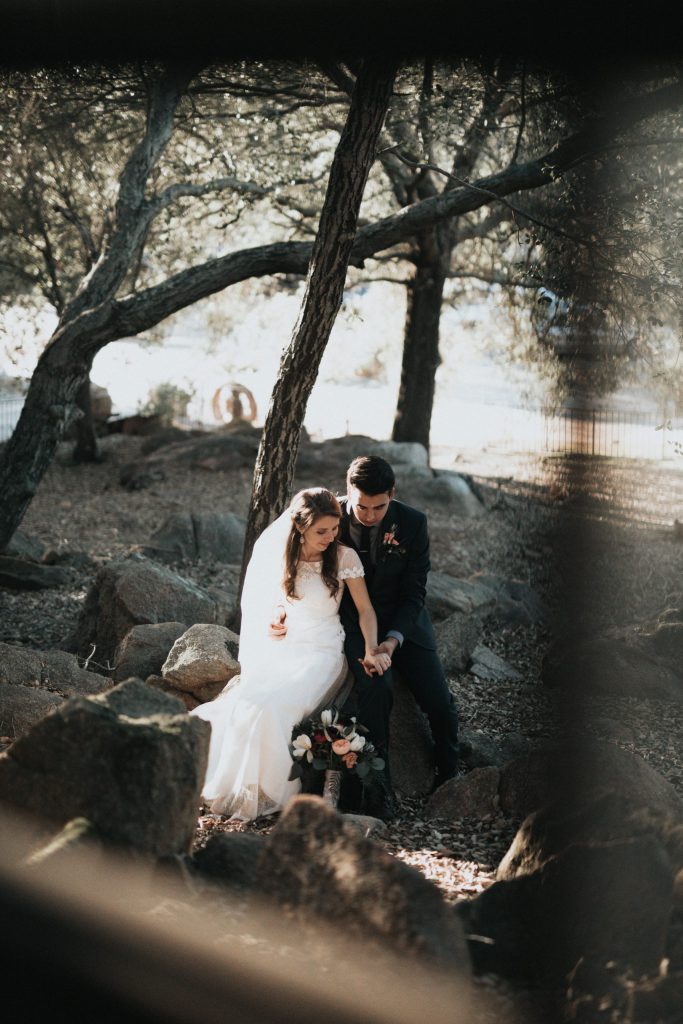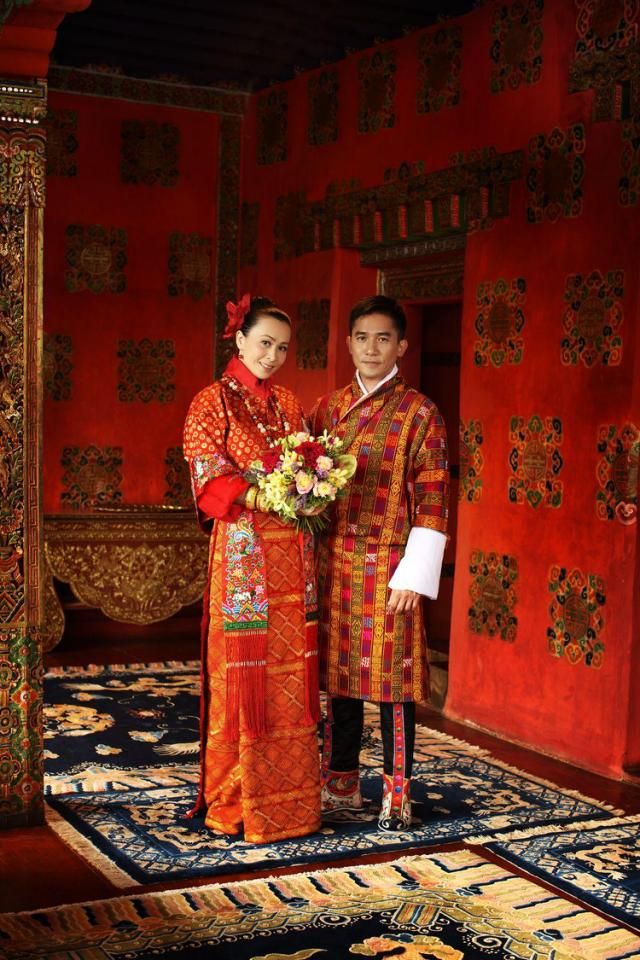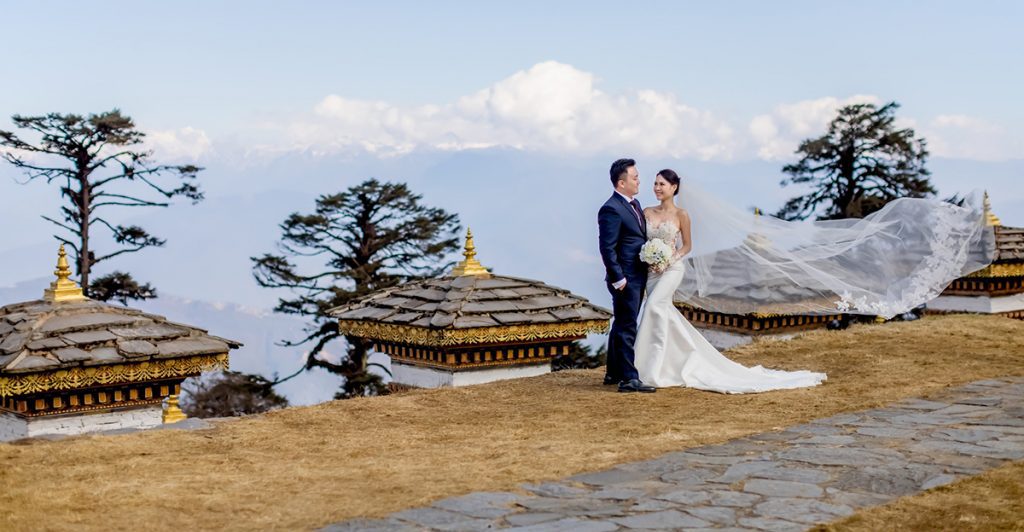Itinerary
Day 01 : Paro
Arrive at Paro International Airport. Paro is situated in a beautiful valley at 2280 metres and is a fitting introduction to this charming kingdom. Your guide will meet you and take you on a short one-hour drive along the Paro and Thimphu river valleys to Thimphu, Bhutan’s capital, at 2320 metres. You can stop on the way to take in the magnificent Tamchhog Lhakhang, the hereditary place of worship for Bhutan’s iron bridge builder. Take a late afternoon walk around town and soak in the atmosphere of this magical capital with its busy shops and bazaars and photogenic citizens in national dress. Overnight in Thimphu.
Day 02 :Thimphu
On the second day we will take sightseeing in Thimphu, and experiencing the culture of the capital city. We will visit the site of the largest sitting Buddha in the world, Memorial Stupa. Natural hike 30 minuets start from sangay gang, where you can see the thimphu town, the short hike thimphu view will end from dechenphodrang monastery your drive will wait you then drive to the lunch,
preparation for 3rd day weeding ceremony, we will take the couple to choose their wedding outfit – the traditional Bhutanese dress of gho for the groom and a kira with a scarf for the bride. Overnight in Thimphu
Day 03 : Thimphu
BHUTANESE WEDDING BLESSING CERMONEY
Bhutanese wedding is much more than a simple exchange of vows and rings. Both a male and female will where traditional dress gho (for bridegroom) & kira (for bride) with beautiful ornaments. It includes a number of religious rites performed by Buddhist monks and lamas. This represents the importance of the bond between a husband and wife (or partners). The actual wedding ceremony and the blessing for a lifetime of love and happiness will take place at either the auspicious temple, or within hotel.
1:Lhabsang, purifying puja The ceremony begins with a Lhabsang, which will be performed by the monks in the morning before we arrive at the temple or wedding banquets, During the ceremony the monks will recite mantras and they will light fumigation outside the temple. This ceremony is to please the local deities. Bhutanese believe that only if our deities are pleased we can have their blessing and enjoy good health and wealth. The fumigation is to please their sense of smell and the grains we add to the fumigation are to quell their hunger.
2:light Butter Lamp Once we are in the temple, we will light butter lamps after we do the prostrations. The lighting of butter lamp is an offering of light to deities and is one of the most common means of increasing merits.
3:Thrisor, purification and cleansing/ blessing On arrival at the Lhakhang, the monks will perform Thrisor. It is a rite of purification and cleansing. This rite will clear our bodies, speech and minds of all our sins. This is an elaborate ritual ceremony for a long and prosperous married life. The head monk will bless you in the course of the ritual for the same. This ritual is performed in honor of Tsepamey, the God of longevity.
4: Changphoed, wine offering Changphoed is the offering to the gods and deities in a form of Ara. After on offering is made to the deities, the ara will then be served to the bride and the groom in a traditional wooden (cup), which they will share. This symbolizes the faith and everlasting bond the husband and the wife will share for the rest of their lives. Changphoed
5:Ring exchange The bride and the groom will then exchange their rings, which will bind one another with love and friendship forever.
6: Zhugdrey Phunsum Tshogpa When Zhabdrung Nawang Namgyel, The Unifier of the Country, first arrived in present day Punakha in 1637, he was deeply impressed by the gathering of the people and by the variety of products. He said that the gathering was very auspicious omen and named the place Punthangkha, which means Mouth of the Plain of Gathering. Zhabdrung instructed everyone to be seated in rows and served food items including a variety of fruit, while special prayers dedicated to his spiritual lineage were being recited. Zhabdrung The meal hosted by the Zhabdrung on this auspicious day of gathering was the origin of the ceremony known as Zhugdrel Phuensum Tshogpa. During the Zhugdrel ceremony, following the auspicious day, various food and drinks are to be served and offerings made to the guardian deities for their blessings. As the food items served during this ceremony are considered very auspicious, we should not show any gesture of refusal. Interrupting the Zhugdrel, looking sideways, cracking jokes, and laughing are improper. First fruit to be served will be an orange because oranges are aesthetically attractive, tasty, and the segments inside are united, representing a close bond that is securely protected, ensuring the couple of grace, glory and wealth. In case there are no oranges available, bananas can be used
7: Dhar Naynga present 5 color scarves Presentation of the Dhar Naynga, the symbolic five colored scarves. The offering of the scarves wishes the bride and the groom a long and prosperous life. Dhar Naynga
8: celebrating traditional music and dances Culture program songs and dances by Bhutanese local peoples.
9: Tashi laybay Ending ceremony The ceremony will conclude with ending dance with all the guest for the auspices prosperity peace to the entire life.
Day 04 : Punakha
Thimphu to Punakha. In the morning you can visit traditional art school then you can also visit post office, then drive to the old capital, Punakha, via Dochula pass at 3050 meters. It is marked by array prayer flags and an impressive collection of 108 chortens. We can also stop for a hot drink and enjoy spectacular panoramic view of the Eastern Himalayan ranges. You will also see plenty of flowering rhododendrons, orchids and magnolia to enhance the drive. In the afternoon visit the imposing Punakha Dzong, “Palace of Great Happiness”. Built in 1637, by Shabdrung, it is strategically placed at the confluence of two rivers, the Po Chu and the Mo Chu.
Day 05 : paro
Morning We will then take a leisurely, hour-long walk across terraced fields to Chimi Lhakhang (Temple of Fertility), built in the 15 th century by Lama Drukpa Kuenley, the “Divine Madman”. After drive back to Thimphu via Dochula pass, We will enjoy lunch on our way. After lunch we will continue our drive once again ascending the Dochula Pass. Anyone who missed the view of the Himalayan ranges due to the mist will have a second chance to take in the view of these impressive mountains. After an hour drive we will arrive Thimphu lets take a afternoon tea break rest and you can do some shopping if you need any souvenir items but you can also see same in paro streets.
Day 06 : Paro
Take a day walk to the ‘Tiger Nest, the sacred Taktshang monastery which clings to the rock face 900 metres above the valley floor. Guru Rinpoche is said to have flown to the site riding on a tigress. He subsequently meditated here for three months. It is one of Bhutan’s most holy sites and draws pilgrims not only from Bhutan but also from neighbouring Buddhist countries. You can have lunch at the Taktshang cafeteria from where you get a spectacular view of the monastery. Overnight in Paro.
Day 07 : departure
Depart from Paro International Airport
What’s included
- Bhutan Royalties, tourists fees, Visa fees and taxes.
- Accommodations in listed or similar hotels (pleasant hotels 3 star) during the tour.
- All meals, including evening tea/coffee etc through-out the trip.
- All land transfers, sightseeing with entrance fees
- Bottled water in the vehicle and other camp services.
What’s not included
- Luxury hotel upgrades available at additional cost.
- Travel insurance
- Expenses of personal nature
- Drinks like beer, whisky, coke, fanta and Mineral water
- Telephone and internet



